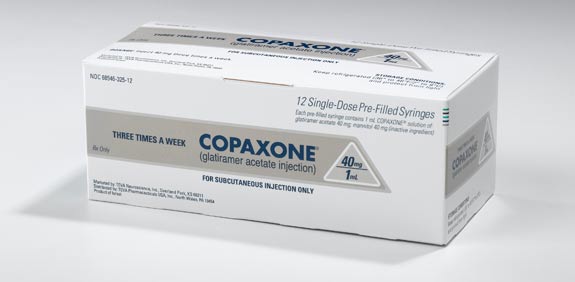Teva Pursues Regulatory Approval in Japan for MS Drug Copaxone


Teva Pharmaceutical Industries Ltd., the company that developed the injectable multiple sclerosis treatment Copaxone (Glatiramer acetate), has announced their pursuit of regulatory approval in Japan. This development comes a year after signing an agreement with Takeda Pharmaceutical Co. Ltd. According to a recent report, the drug is estimated to account for more than half of Teva’s profits.
Copaxone works by mimicking myelin basic protein in order to inhibit myelin-damaging T-cells from attacking the patient’s actual myelin sheath. Teva’s clinical trials demonstrated the drug’s ability to reduce incidences of relapse in patients with RRMS. Treatment also resulted in a reduction of new lesions based on MRI readings. In January 2014, the FDA approved a new formulation with a higher dose (40mg/mL compared to 20mg/mL) but injected three times a week compared to the first FDA-approved formulation that needs to be injected daily.
The market potential of Copaxone in Japan is projected to reach $700-900 million annually. In the first 9 months of 2014, the drug brought in $3.1 billion, but will soon have to compete with newer products, since Teva’s patents in North America and Europe, which Teva is hoping to extend until September of 2015, are set to expire soon. The company believes that the drug’s approval in Japan will help maintain Copaxone’s viability in the market.
[adrotate group=”4″]
“Our agreement with Takeda to bring this important medicine to patients in Japan is progressing positively,” said Teva in a press release. “Together with Takeda, we are working through the remaining aspects of the process in order to meet the requirements of the Japanese authorities. We are hopeful to be in a position to complete the filing in the near future.”
Teva has been working to establish Copaxone in world markets, as several pharmaceutical companies have already developed their own generic formulations of the drug and are waiting for FDA approval. The U.S. Supreme Court is still deliberating on the company’s petition to extend the drug’s patent protection against generic competitors, but the petition was met with mixed opinions. The court decision is due on or before June 2015.






